Parsnip Leaf Spot Problems – Learn About Leaf Spot On Parsnips
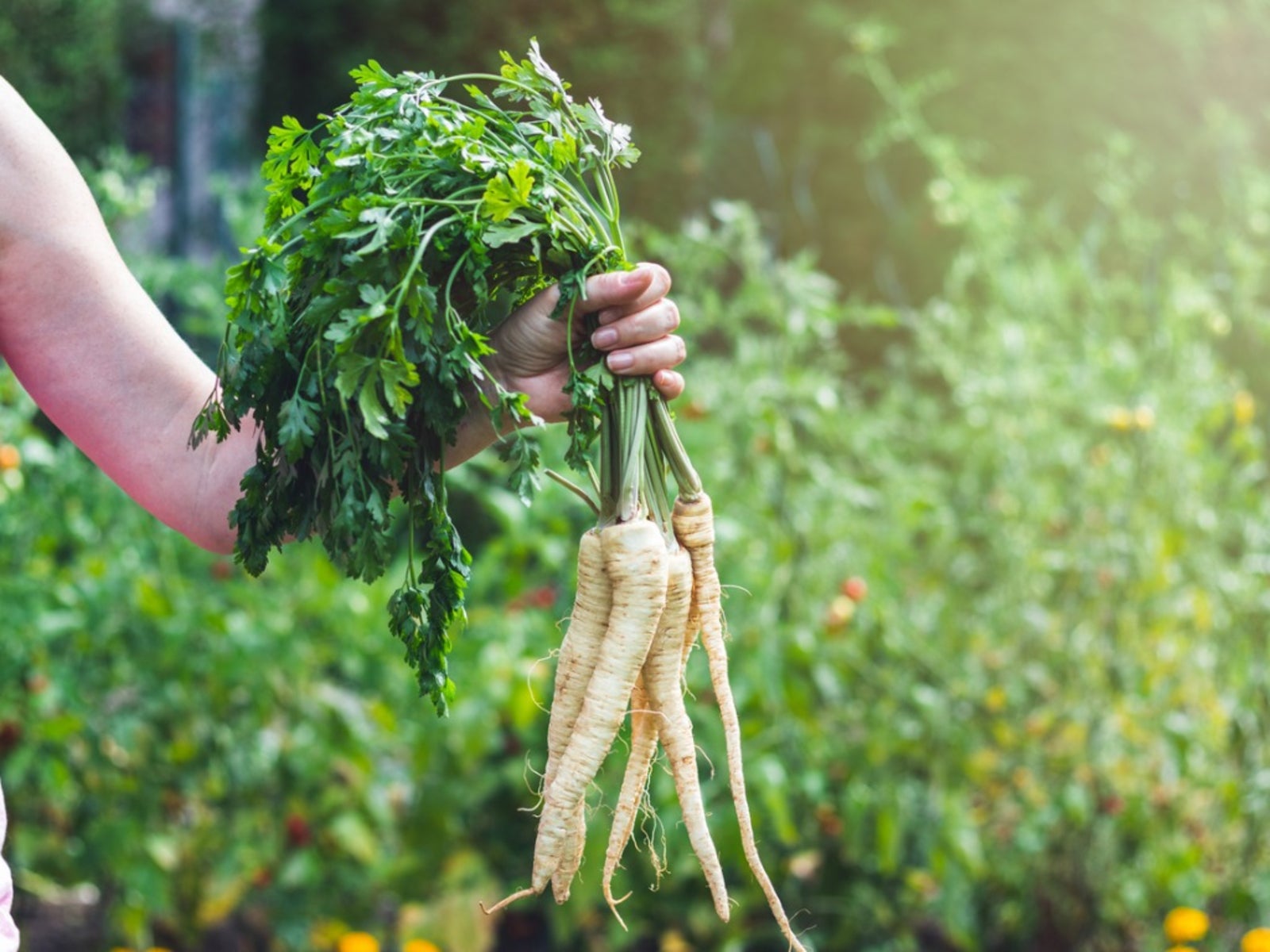
Parsnips are grown for their sweet, earthy tap roots. Biennials that are grown as annuals, parsnips are as easy to grow as their cousin, the carrot. Easy to grow they may be, but not without their share of diseases and pests. One such disease, parsnip leaf spot results in exactly what it sounds like-- parsnips with spots on the leaves. While leaf spots on parsnips do not infect the root of the plant, parsnips with leaf spots will be more susceptible to other diseases and pest injury than healthy plants.
What Causes Spots on Parsnips?
Leaf spot on parsnips is usually caused by the fungi Alternaria or Cercospora. The disease is favored by warm, wet weather where leaves are moist for lengthy periods of time. Parsnips with spots on their leaves may also be infected with another fungus, Phloeospora herclei, which is primarily observed in late summer or early autumn crops in the United Kingdom and New Zealand.
Symptoms of Parsnip Leaf Spot
In the case of leaf spot due to Alternaria or Cercospora, the disease shows as small to medium spots on the leaves of the parsnip plant. At onset they appear yellowish in color and later turn brown, merge together, and result in leaf drop. Parsnips with leaf spots as a result of the fungus P. herclei begin as small, pale green to brown spots on foliage that also merge to form large necrotic regions. Infected tissue is a grayish brown. As the disease progresses, leaves die and fall prematurely. Severe infections result in tiny black fruiting bodies that ooze spores, creating characteristic white patches on foliage.
Control for Parsnip Leaf Spot
In the case of P. herclei, the fungus overwinters on infected debris and certain weeds. It is spread by splashing water and direct contact. There is no chemical control for this fungus. Management includes removal of infected plants and debris, weed control, and wide row spacing. With leaf spot as a result of Alternaria or Cercospora, fungal sprays can be applied at the first sign of infection. Since sustained leaf wetness fosters the spread of the disease, allow for wide row spacing to permit air circulation so that leaves can dry more rapidly.
Gardening tips, videos, info and more delivered right to your inbox!
Sign up for the Gardening Know How newsletter today and receive a free copy of our e-book "How to Grow Delicious Tomatoes".

Amy Grant has been gardening for 30 years and writing for 15. A professional chef and caterer, Amy's area of expertise is culinary gardening.
-
 Looking For Plants To Give You The Soft And Fuzzies? Try These 5 Fuzzy Leaf Plant Options
Looking For Plants To Give You The Soft And Fuzzies? Try These 5 Fuzzy Leaf Plant OptionsLovers of texture, drama, silver foliage and tactile plants will adore these special sensory garden additions. These fuzzy leaf plant options will leave you all aglow
By Susan Albert
-
 Get Ready For A Summer Of Hummers! Grow These Full Sun Hummingbird Plants and Flowers
Get Ready For A Summer Of Hummers! Grow These Full Sun Hummingbird Plants and FlowersIf you’re lucky enough to enjoy a sunny backyard, make sure you are maxing out on your pollinator opportunities and grow these full sun hummingbird plants and flowers
By Tonya Barnett
-
Powdery Mildew Of Parsnips – Treating Signs Of Powdery Mildew In Parsnips
Powdery mildew is a very common disease that affects a wide array of plants. Powdery mildew of parsnips can be a problem if left unchecked too. To learn more about how to manage and recognize the symptoms of powdery mildew in parsnips, click here.
By Liz Baessler
-
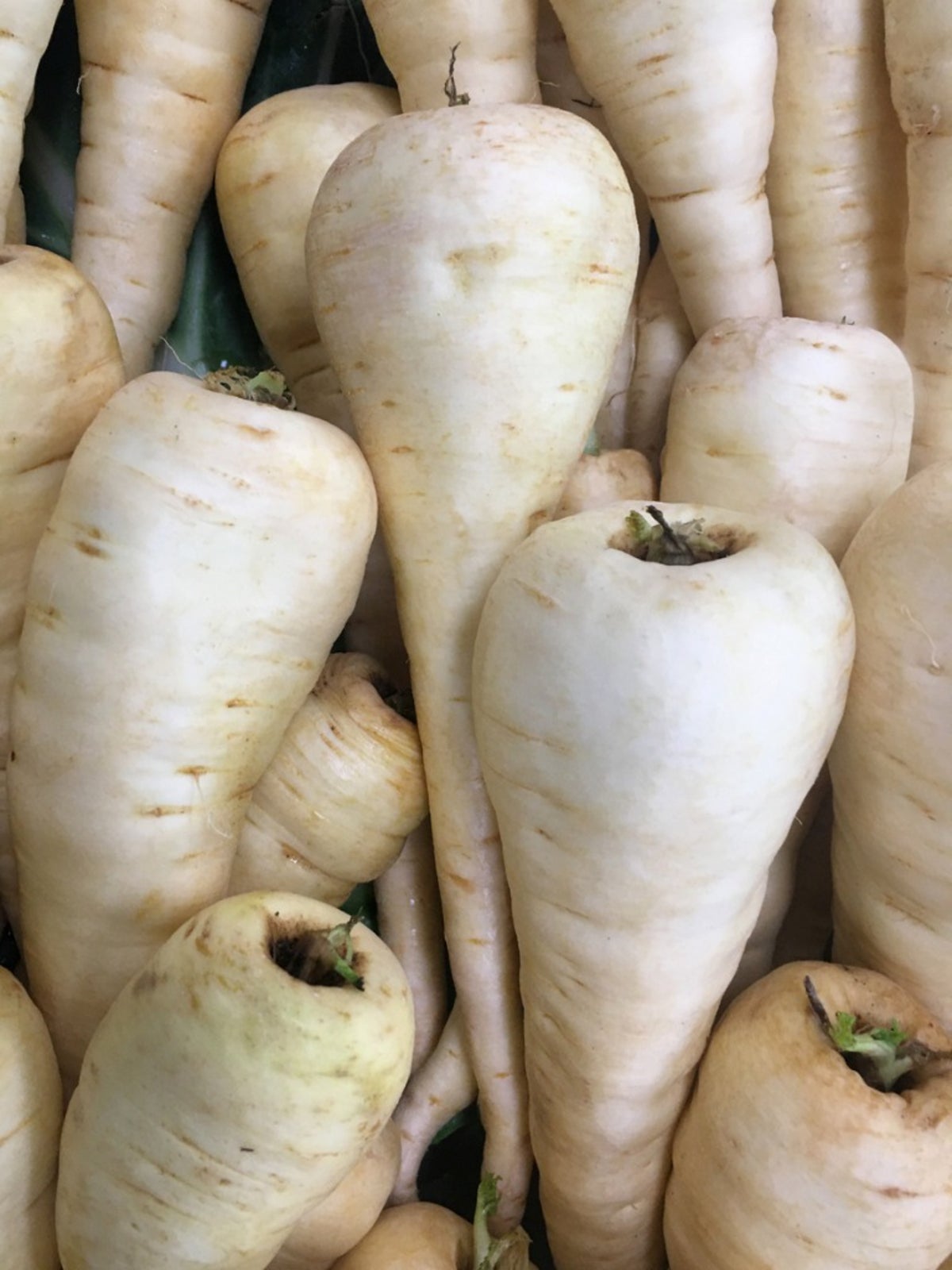 Guide To Parsnip Diseases – How To Treat Sick Parsnips In The Garden
Guide To Parsnip Diseases – How To Treat Sick Parsnips In The GardenParsnips are the often overlooked middle child of the root vegetable world, but they can be total rock stars in your garden. Just be on the lookout for these common parsnip diseases and your vegetable stand will be the envy of the neighborhood! Learn more here.
By Kristi Waterworth
-
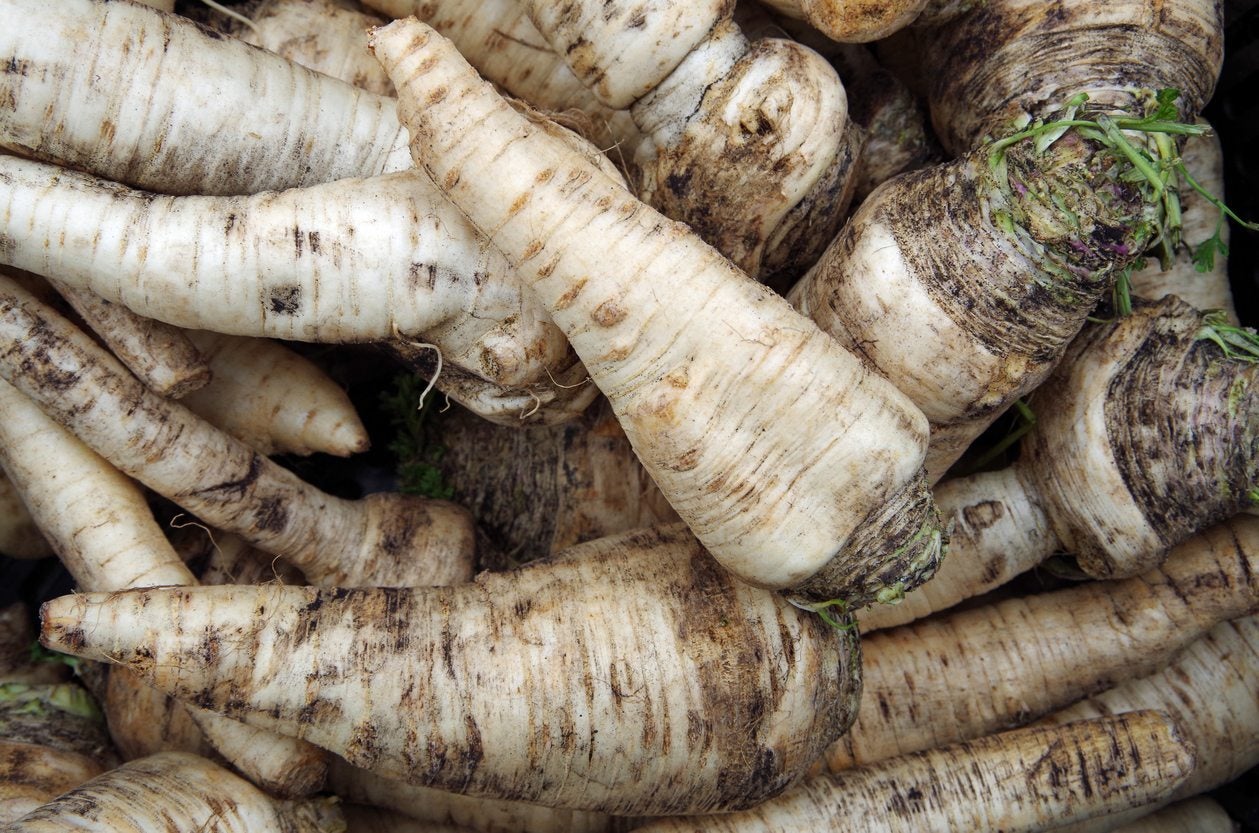 Harvesting Parsnips In Winter: How To Grow A Winter Parsnip Crop
Harvesting Parsnips In Winter: How To Grow A Winter Parsnip CropGardeners that have tried planting parsnip seeds in spring often get disappointing results. Parsnips have a reputation as being difficult to grow, mostly because gardeners plant them at the wrong time. An ideal time for many regions is winter. Learn more here.
By Darcy Larum
-
 Can You Overwinter Parsnips – Tips For Parsnip Winter Care
Can You Overwinter Parsnips – Tips For Parsnip Winter CareParsnips are a cool season vegetable that actually become sweeter when exposed to several weeks of cool, frosty weather. That leads us to the question "can you overwinter parsnips." If so, how do you grow parsnips in winter? Find out in this article.
By Amy Grant
-
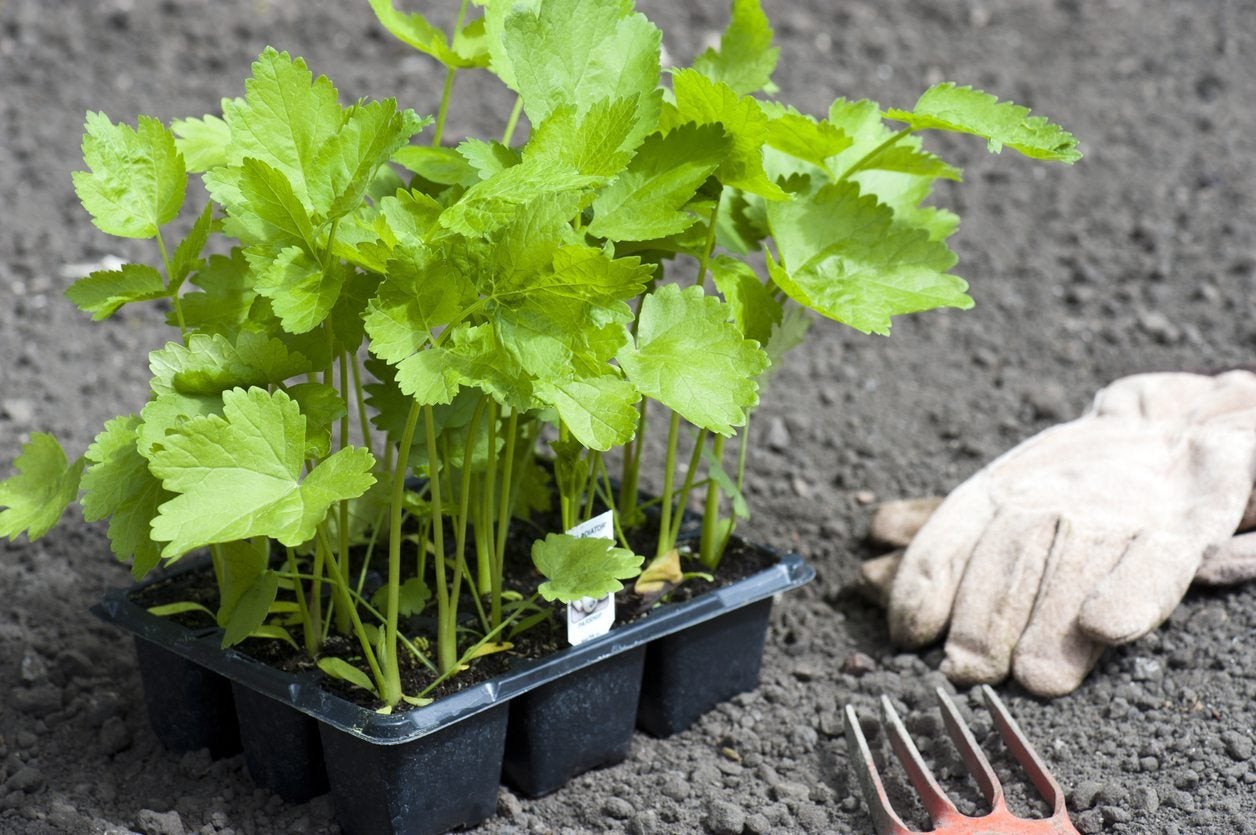 Container Grown Parsnips – Learn How To Grow Parsnips In A Container
Container Grown Parsnips – Learn How To Grow Parsnips In A ContainerRoot vegetables are making a comeback, and parsnips are high on the list. Parsnips are grown for their delicious roots and generally do best planted in a garden, but what if you don't have a garden plot? Can you grow parsnips in pots? Find out here.
By Amy Grant
-
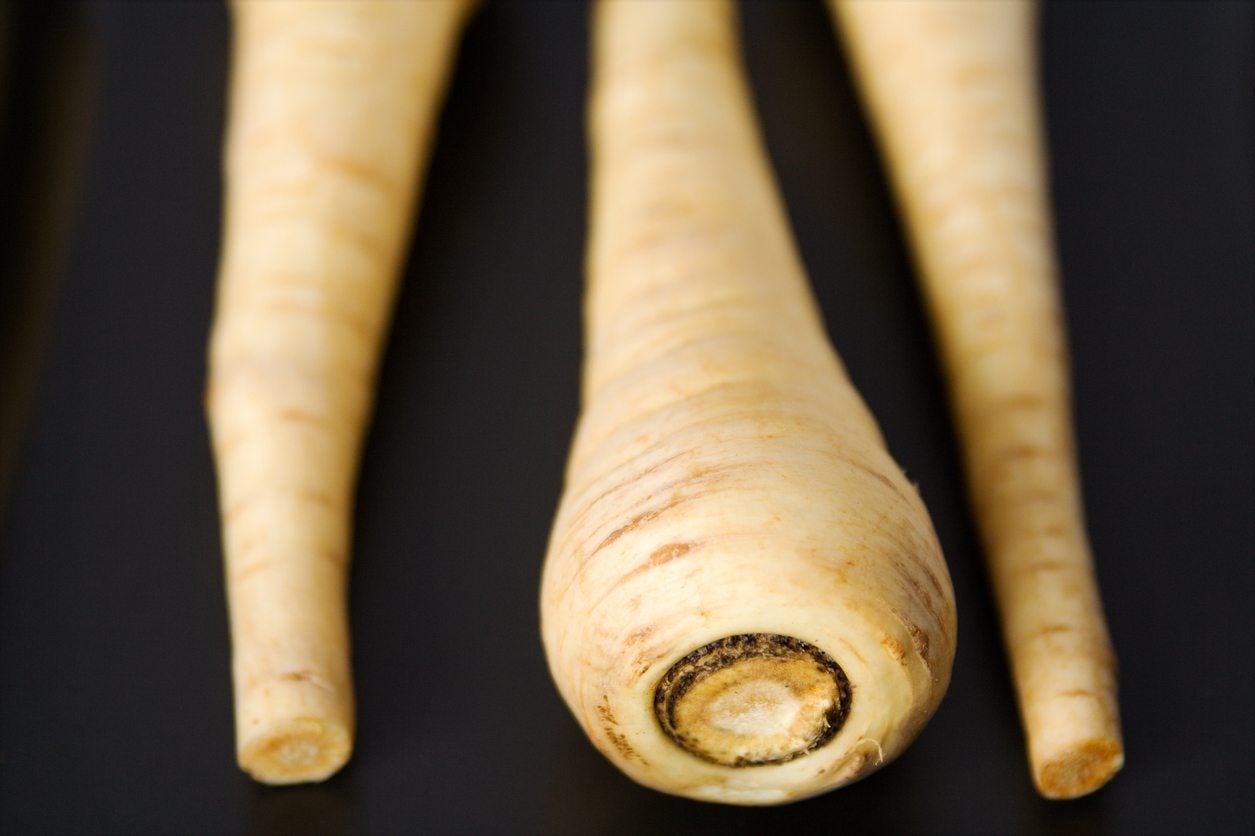 Growing Parsnips From Kitchen Scraps – Can You Regrow Parsnips From Tops
Growing Parsnips From Kitchen Scraps – Can You Regrow Parsnips From TopsYou only have to buy a vegetable once, and after you can just regrow it from its base. In the case of some vegetables, like celery, this is actually true. But what about parsnips? Do parsnips regrow after you've eaten them? Find out in this article.
By Liz Baessler
-
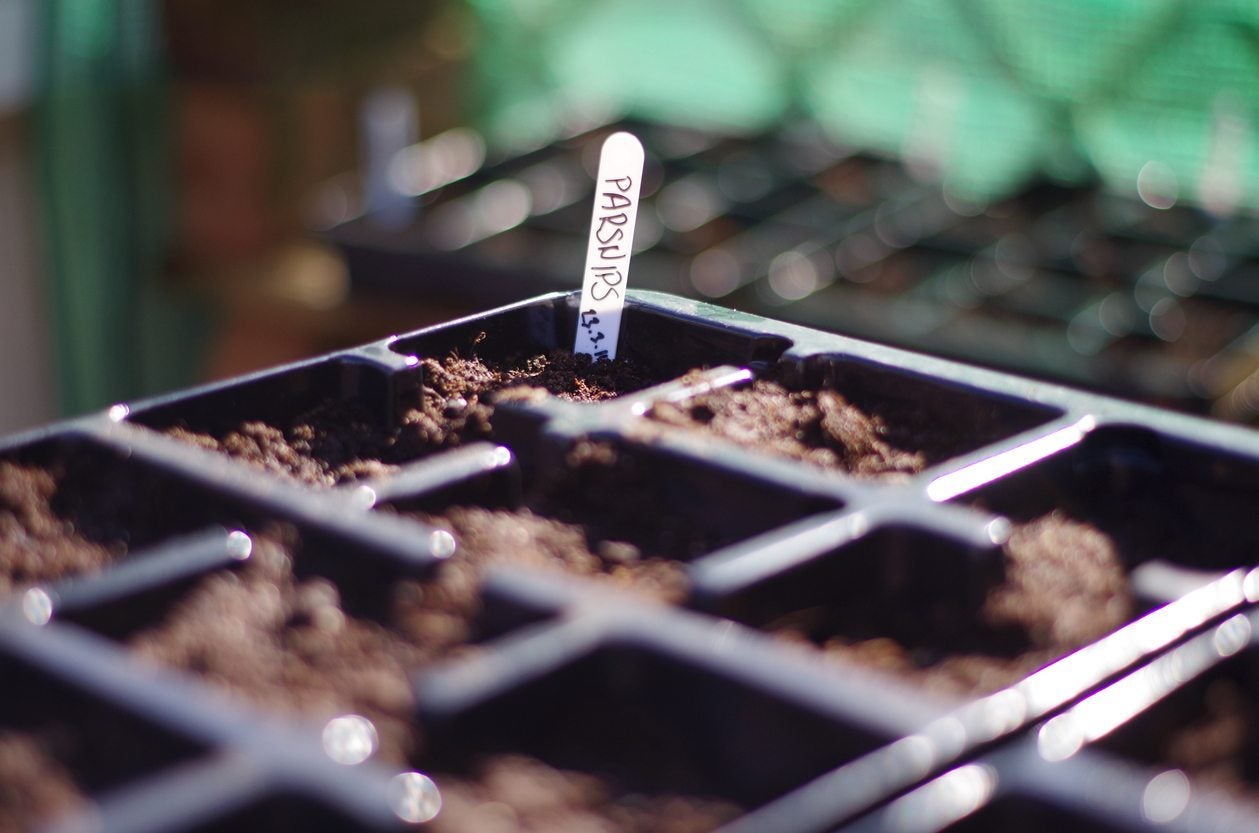 Seed Grown Parsnips: How To Grow Parsnips From Seed
Seed Grown Parsnips: How To Grow Parsnips From SeedIf you?re interested in seed-grown parsnips, give it a try! Growing parsnips from seed isn?t difficult as long as you provide the proper growing conditions. Learn how to grow parsnips from seed with the information found in this article.
By Mary H. Dyer
-
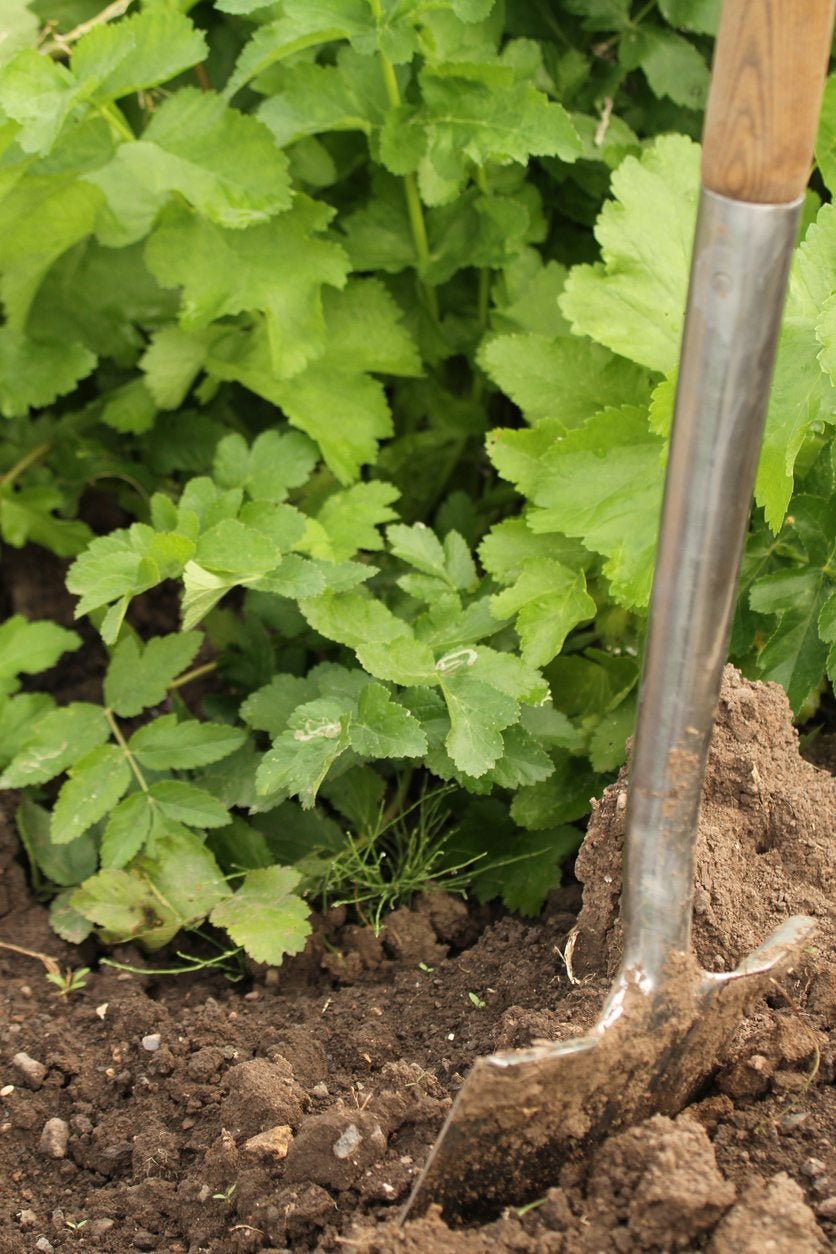 Parsnip Soil Requirements – Tips For Parsnip Growing Conditions
Parsnip Soil Requirements – Tips For Parsnip Growing ConditionsA hardy root vegetable with a sweet, slightly nutty flavor, parsnips taste even better after the weather turns frosty in autumn. Parsnips aren't difficult to grow, but proper soil preparation makes all the difference. Learn about parsnip soil requirements in this article.
By Mary H. Dyer